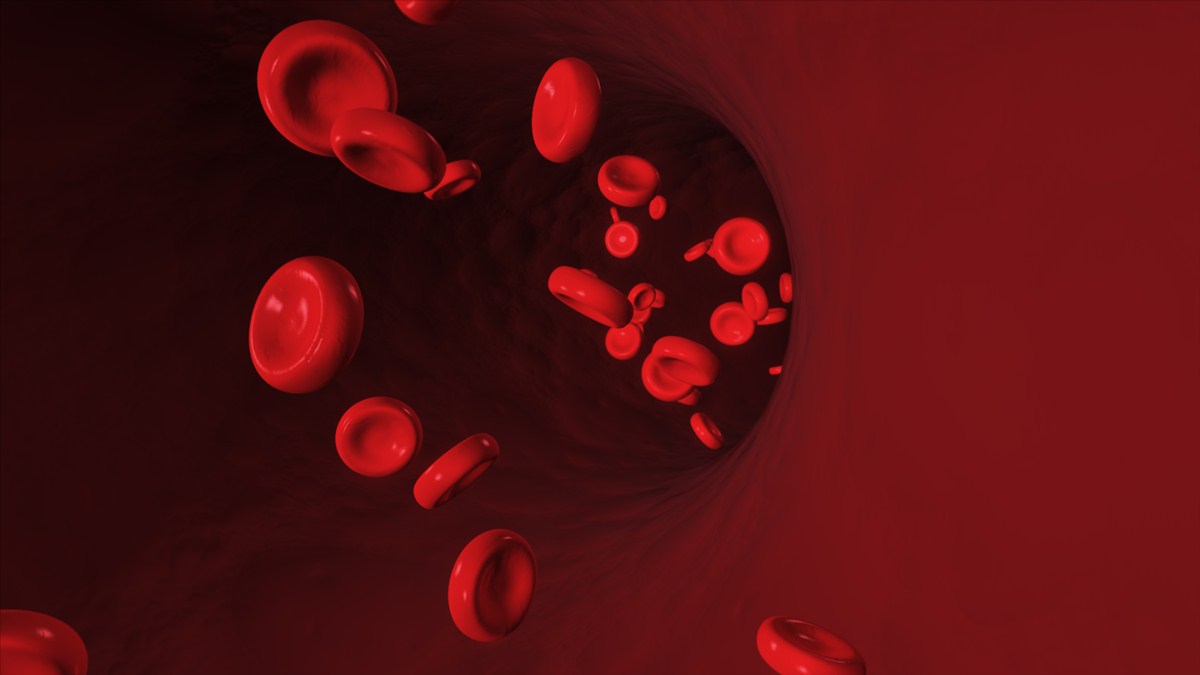Deep Vein Thrombosis, also known as DVT, affects over 900,00 Americans yearly. Thirty-three percent have serious long-term complications. Twenty-five percent of people who develop DVT suddenly die from it, with no previous symptoms.

DVT is a life-threatening condition where a blood clot forms in one of your body’s deep veins. Some DVT patients can easily treat their condition at home, while others simply drop dead. The symptoms aren’t hard to miss but around half of people who experience DVT won’t have any.
Anyone can develop deep vein thrombosis — but some are more at risk. The best way to combat DVT is to hit it before it has a chance to strike you. What can you do to help prevent deep vein thrombosis if you’re at risk?
What Exactly Is Deep-Vein Thrombosis?
Deep vein thrombosis strikes when a blood clot forms in a deep vein, which can happen for a variety of reasons:
-
You have a cut that has pierced one of your blood vessel walls.
-
Your blood isn’t flowing properly.
-
Your body is producing too many red blood cells.
Deep Vein Thrombosis is most likely to occur in your legs, but it can also happen in your arms.
Blood clots are completely normal, and they can save your life. When you’re actively bleeding, your body will make sure to seal that hole as fast as possible. However, sometimes your body can form a blood clot when it isn’t needed, including in a deep vein.
Deep vein thrombosis is especially deadly because it can cause a pulmonary embolism (PE). This happens when the blood clot breaks off and travels into your lungs, blocking the flow of blood. Depending on the size of the clot, this can be deadly.
A third of all DVT patients also develops post-thrombotic syndrome (PTS), which is a long-term complication that causes pain, swelling, and sometimes even ulcers.
Patients with deep vein thrombosis are often prescribed blood-thinning medication such as heparin and apixaban. In severe cases, when the blood clot is large, patients may undergo surgery to get rid of the blood clot in their leg or arm.
What Are The Symptoms of Deep Vein Thrombosis?
If you’re affected by deep vein thrombosis, there’s about a 50 percent chance that you won’t experience any symptoms at all. However, if you do have symptoms, it’s incredibly important to be able to recognize them so you can take further action before it is too late.
DVT symptoms are usually fairly easy to spot and include swelling, pain, tenderness, and redness in your leg or arm. If you notice any of these symptoms, without another explainable cause, you should contact your doctor as soon as possible.
A pulmonary embolism has its own separate symptoms which you may have, even if you don’t get any DVT symptoms. These include an irregular or fast heartbeat, trouble breathing, low blood pressure, fainting, coughing blood, and chest pain. It goes without saying that these symptoms should send you straight to the ER.
Who Is At Risk Of Deep-Vein Thrombosis?
Deep vein thrombosis can strike anyone, but some people have a higher risk of developing DVT. If you’re at risk, you’ll want to know so that you can take preventative steps. Deep vein thrombosis is more likely to occur if you’re pregnant, older, obese, or have a history of DVT in your family.
Certain injuries can also increase your risk such as a serious muscle injury, fractures, or a big surgery.
People who are taking estrogen-based medication like birth control or hormone replacement therapy also have higher odds of developing DVT.
Chronic illnesses like lung disease, heart disease, cancer, and inflammatory bowel disease also make it more likely to get deep vein thrombosis. People who have previously had Covid-19 may have a higher risk as well.
Many other conditions also make you a prime target for DVT, including diabetes, sleep apnea, asthma, and polycystic ovary syndrome (PCOS).
Smaller lifestyle choices can also increase your risk of getting DVT, like smoking and long sedentary periods. People who travel a lot on planes, for instance, may be more likely to develop DVT.
What Can You Do To Prevent Your Risk of DVT?
The idea of suddenly dying from a condition you didn’t even know you had is pretty scary. Luckily, you can take numerous easy preventative measures to decrease your risk of DVT:
-
Compression stockings — These stretchy and snug-fitting socks are specifically made to prevent venous conditions like DVT. Compression stockings slightly squeeze your legs to help with blood flow.
-
Be more active — Simply moving around more can greatly reduce your risk of DVT. If you spend all day sitting still at your computer, it’s especially important to get up to stretch your legs every once in a while. You can even do specific DVT exercises.
-
Changing your diet — Eating healthy foods is another great way to keep DVT at bay. Certain foods can help prevent DVT, such as fish, spinach, fruits, whole grain, and beans. Eating less salt and more foods with vitamin K is a great place to start.
-
Medications — Your doctor might prescribe you certain medications if you are in a risk group. These are called anticoagulants and include Apixaban (Eliquis) and Rivaraoxaban (Xarelto).
The final message?
Make sure to move around every once in a while, and eat healthy foods. If you believe you’re really at risk, you may want to ask your doctor about compression stockings or medications. Just taking these preventive steps can already reduce your risk of developing deep vein thrombosis tremendously. Finally, remember to talk to your doctor if you notice any DVT symptoms, and stay safe.


Your thoughts on this